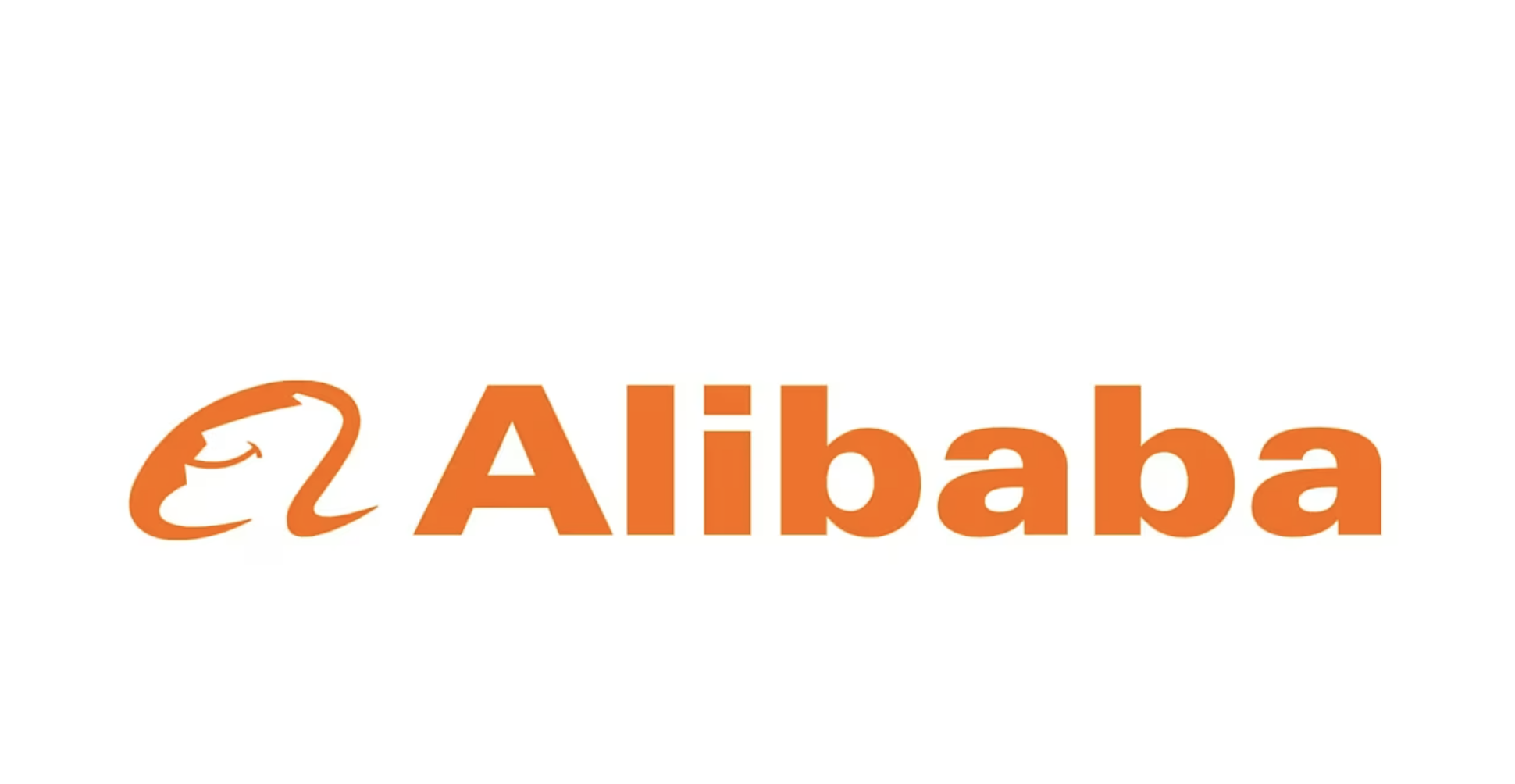
Alibaba, a leading Chinese multinational technology company, has made its latest AI model, Wan 2.1, open source. This decision is set to boost AI adoption and intensify competition in the global market. Wan 2.1 can generate high-quality videos and images based on text and image inputs. By offering this model to the public, Alibaba is opening doors for more academic, research, and commercial applications worldwide.
What is Wan 2.1 AI Model?
Wan 2.1 is an advanced AI model capable of creating realistic visuals. It comes in four variants: T2V-1.3B, T2V-14B, I2V-14B-720P, and I2V-14B-480P. The “14B” label means the model can process 14 billion parameters, allowing for more precise results. These variants can be accessed globally on Alibaba Cloud’s ModelScope and HuggingFace platforms.
Alibaba’s move follows DeepSeek’s recent open-source model release, which surprised many with its impressive performance. Wan 2.1’s global release will likely boost its adoption, bringing more competition to the AI field. Alibaba also claims Wan 2.1 ranks highest on VBench, a platform evaluating video generative models. It leads in areas like multi-object interaction, a crucial aspect of AI-generated videos.
Future Plans and Investments
Alibaba isn’t stopping at Wan 2.1. The company recently previewed another model called QwQ-Max. This reasoning model will also become open source once fully released. Additionally, Alibaba announced plans to invest 380 billion yuan ($52 billion) in cloud computing and AI infrastructure over the next three years. This investment highlights their commitment to advancing technology.
Alibaba’s open-source strategy could reshape the AI landscape. Making powerful AI models accessible encourages innovation and accelerates development. Researchers, developers, and businesses can leverage these models to create new applications and improve existing technologies. Moreover, increased competition could lead to better and more affordable AI solutions.
